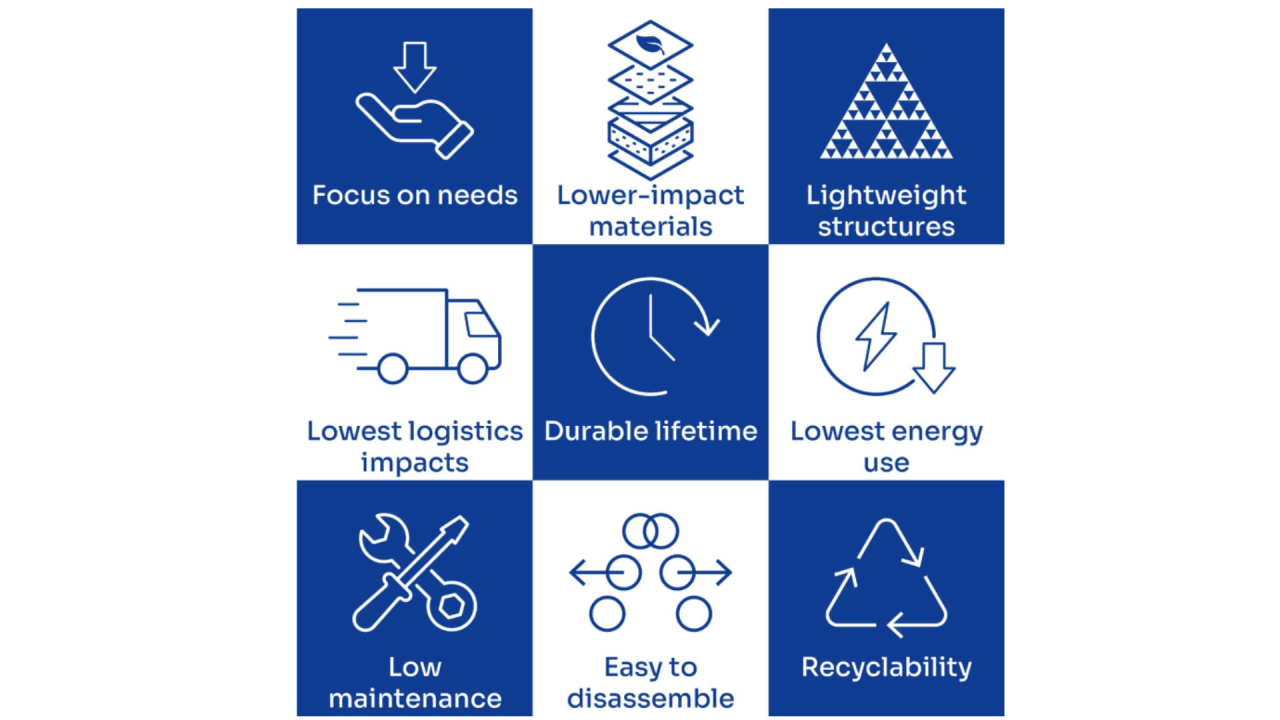The path to enhancing product sustainability is fraught with complexities, particularly when considering its impact on cost, performance, and convenience.
Technological advancements occasionally present us with solutions that simultaneously enhance sustainability and lower costs or improve performance. When such clear-cut benefits emerge, the decision-making process is straightforward: we should embrace these solutions without hesitation. Similarly, when a proposed change would worsen both sustainability and another critical factor like production costs, the decision to reject it is easy.
However, the real challenge arises when improving sustainability incurs additional costs and/or affects negatively others product attributes. This scenario is common, necessitating a thorough analysis to determine the true value of each sustainability improvement per unit of cost increase for example. Conversely, we also face the dilemma of how much cost we can cut without significantly harming sustainability efforts. The complexity even deepens when the question “what is more sustainable?” has no straightforward answer. This requires a detailed analysis to discern the more sustainable choice in a specific product context. Our instincts are not always reliable guides in these instances.
Ecodesign Principles and Their Application
Ecodesign principles, while seemingly straightforward, demand creativity and innovation for effective implementation. For example, opting for materials with a lower environmental impact often means compromising on mechanical properties or aesthetic appeal. A direct replacement approach without rethinking the concept and design is likely to fail. Moreover, it's crucial to recognize that not all bio-based materials automatically confer a lower carbon footprint, and sometimes, substituting one conventional material for another can be beneficial. Design decisions can also significantly affect the CO2 footprint related to logistics. Utilizing hard-to-source components might necessitate air freight, which has a dramatically higher environmental impact compared to sea freight. Additionally, design for low maintenance can have unexpected benefits, such as reducing the need for technician travel for product maintenance—a factor that can significantly contribute to a product's carbon footprint.
The Complexity Behind Sustainability
Improving product sustainability is a journey that requires more than good intentions and intuition. It demands a deep understanding of the intricate trade-offs between sustainability, cost, performance, and convenience. Through careful analysis, creative thinking, and the application of a holistic approach, we can navigate these complexities and make informed decisions that prioritize the most sensible actions for a sustainable future.
